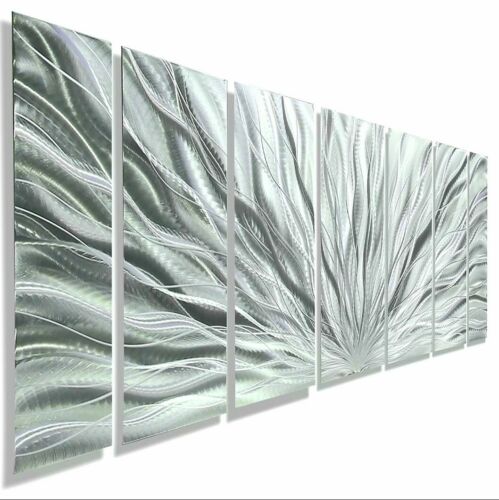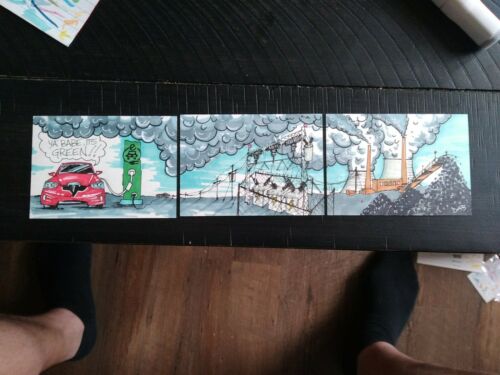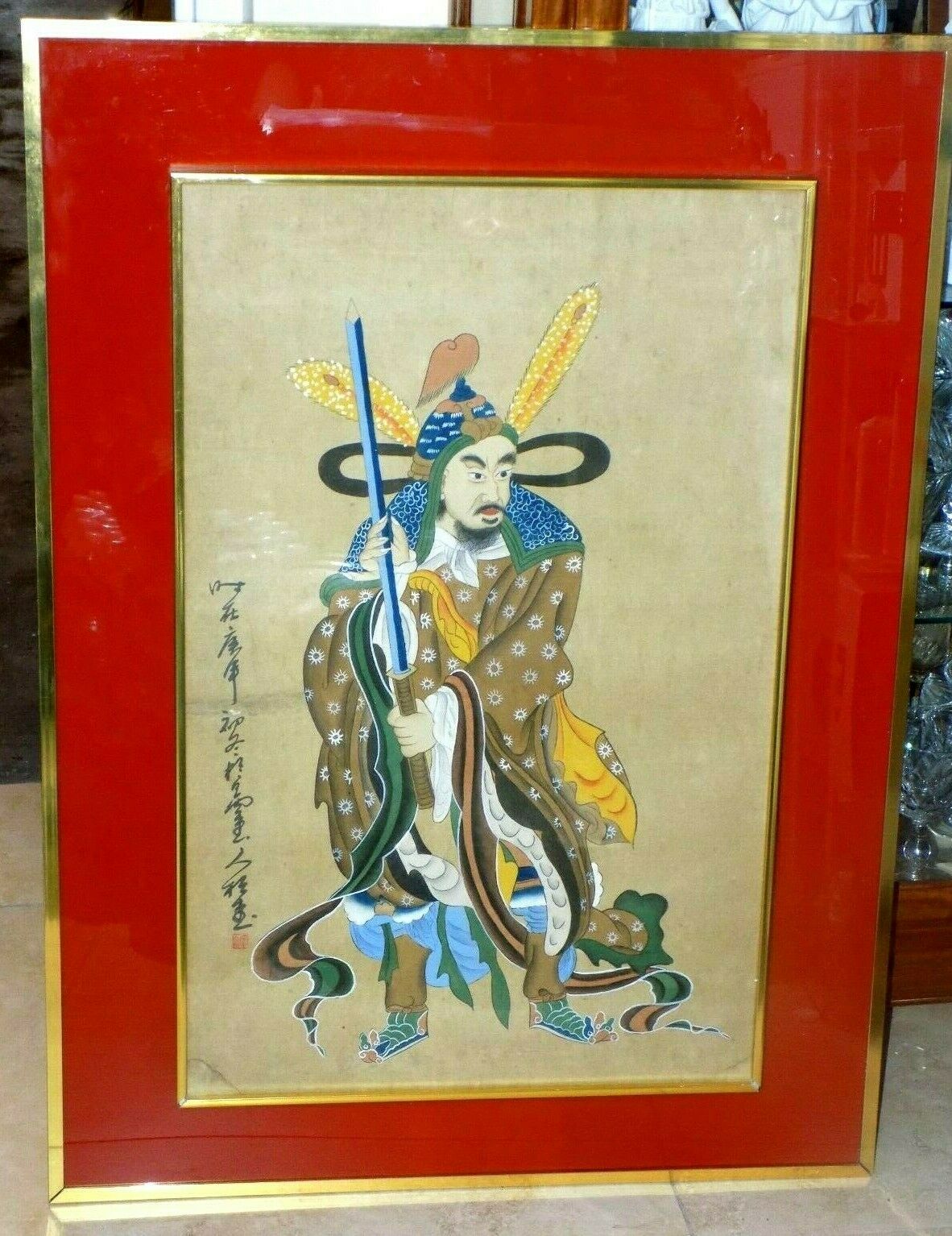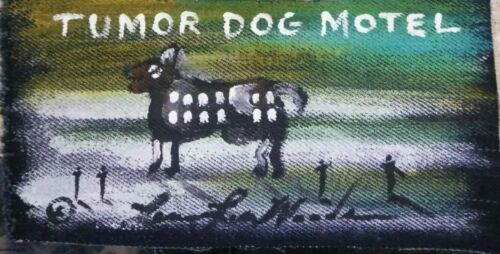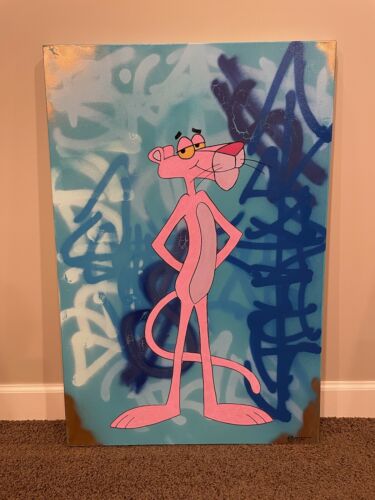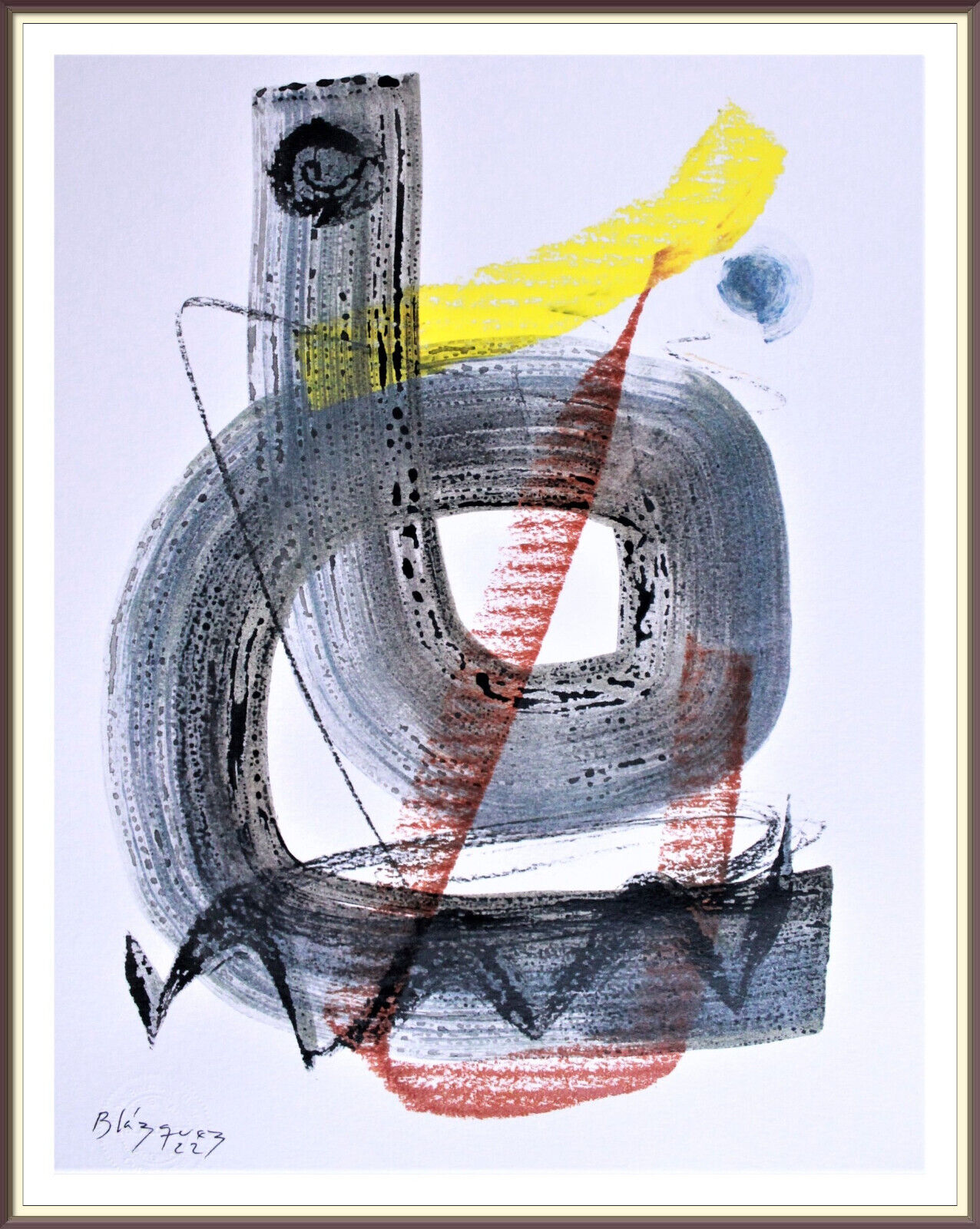-40%
Jim Tillett Original Silkscreen Canvas "Cape Ann" 33x49 Map Gloucester Signed
$ 924
- Description
- Size Guide
Description
Designed, Silkscreened and Sold by the Jim Tillett Gallery, St. Thomas, USVI, in 1980.One original owner. The silkscreened canvas map is 49 inches high by 33 inches wide.
The "Cape Ann" silkscreen was purchased in 1980 and then stored, loosely rolled and sealed.
It has never been used and is in like new condition, however there is a small original fault and an area with light discoloration, (photos*).
The map shows Gloucester, Massachusetts, and the Cape Ann peninsula.
Elevations are shown in shades of green. Local routes are shown in a light, slightly metallic gold color.
The silkscreened canvas map is thought to be unique, and is now, unavailable new.
(*Please note the last three photos: there is a small error in printing on the right side, and also some background discoloration noted in the upper left hand corner.)
The canvas, (map plus edges), measures, 54.5" long by 34.5" wide.
The canvas silkscreen is sold as it was purchased, loosely rolled with no frame.
________________________________________________________
James Tillett
Jim Tillett utilized the box method of applying color to canvas that was created by his father*. This method allows for a continuous and rich flow of colors in varying textures.
The 1961, Jim Tillett Silkscreen Workshop and Gallery, in the Village of Tutu, St. Thomas, USVI, as described by, "Virgin Islands History":
Inside the building, are two tables seventy-five feet long on which the printing of the fabric is done. The many screens used in the printing process are visible along the shelves which hold large pots of exotic colorfast dyes.
Along another wall is a smaller table of forty-feet on which Mr. Tillett experiments and makes his fabric samples.
Across the courtyard from the printworks in another old converted barn, is the retail shop in which all the fabrics are displayed and retailed.
There is a wide variety of fabrics including silk, linen, cotton, terry cloth and canvas which are all sold by the yard.
*George Tillett had been one of the chief inventors and pioneers in the silkscreen printing field. Tillett Textiles’ story spans four generations and multiple continents. Patriarch George Tillett pioneered the silk-screening process in the early 20th century. His two sons, Leslie and James, conceived their own textiles after joining a circle of artists, Diego Rivera among them, in Mexico.
From Cooper Hewitt, Smithsonian Design Museum:
Leslie Tillett learned textile printing from his father, George Tillett, whose family had been in the textile industry for generations in England. He learned dyeing, printing and finishing techniques, and became an expert colorist. In 1940 he moved to Mexico to establish a fabric printing workshop, Artes Tillett, with his brother James, (Jim Tillett).







